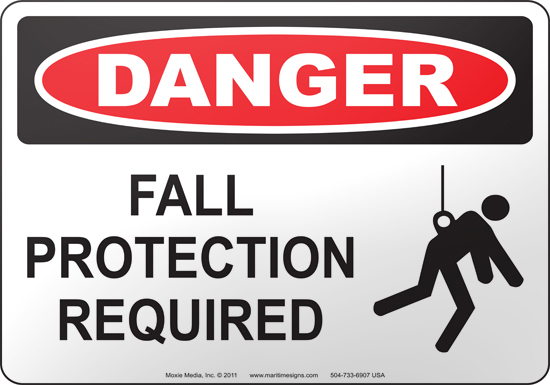Related: RoofGuard, Fall Protection Equipment Inspections & Fall Arrest Systems: Maintenance, Inspections & Classification
When you consider a job that involves the risk of falling on the job, your mind most likely flashes to jobs that involve scaling tall buildings. This is a misconception though because falls can occur from many locations such as overhead platforms, elevated workstations, holes in walls, floors or you could simply trip on the ground (though there is no fall protection from being simply clumsy).
If a worker has a risk of falling three or more meters, a fall protection system should become a critical component of your occupational health and safety (OHS) practices and procedures.
Fall protection equipment can include a large range of different types of devices such as body belts, body harnesses, fall protection netting, rooftop guardrail, and rooftop anchors. It is mandatory by law for workers who become at risk of falling to have and make use of proper fall protection equipment.
Before purchasing any fall protection equipment or components ensure that they meet the Canadian fall protection standards (referred to as Z259), and/or the corresponding American standards (ANSI/ASME).
But ensuring your workers’ safety doesn’t just stop and start with the purchase of fall protection equipment. You not only have to ensure that it is installed correctly but also ensure your employees are properly trained on how to use the equipment. On top of that, you also have to ensure that all of your fall protection equipment is also regularly inspected to ensure that the device(s) that once kept you and your employees safe don’t suddenly fail you when you need it most.
By ensuring you follow the voluntary standards you will help to ensure that your workers are protected from many potential workplace hazards. If you follow best practices and ensure your employees have the proper training required as well as understanding your legal obligations you will be able to ensure that you are helping to promote workplace safety and at the same time prevent any fall-related injuries.
Being safe and meeting government-mandated regulations is similar to the differences of a $5,000 car and a $100,000 car they both will get you from point A to point B, but one of those cars might just brake down halfway to your destination and chances are it isn’t the $100,000 car. So ensure that you have the equipment, training and inspections that not only meet government regulations but also exceed them.
Does your company utilize a fall protection system?
Have you ever personally used a fall protection system?
Do you have any tips about using fall protection systems?
Comment below to share your thoughts!


